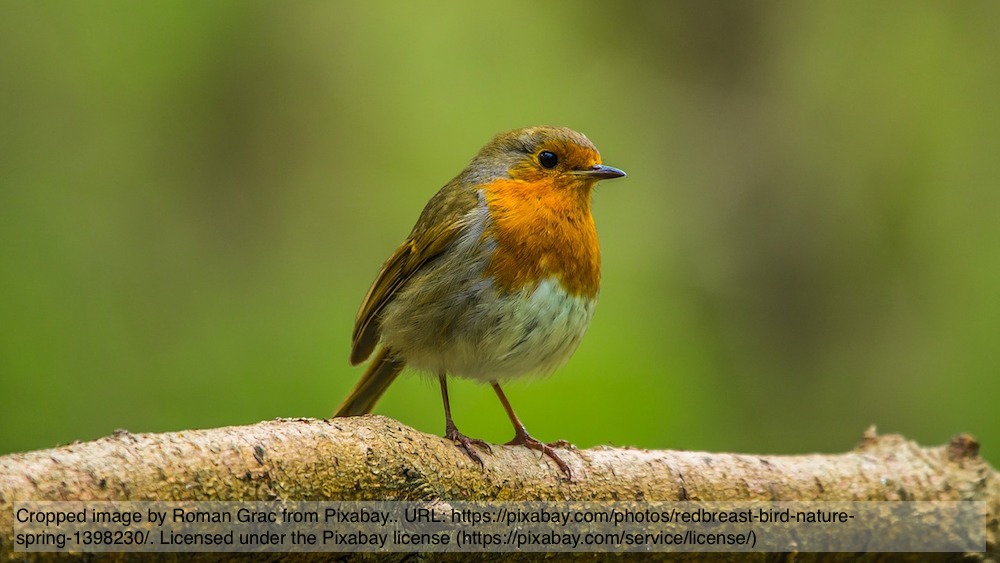Förändringar av häckfåglar på en sydsmåländsk gård från 1970- till 2010-talet
DOI:
https://doi.org/10.34080/os.v27.19561Abstract
I compare the number of breeding birds of a 70 ha farm in a forest region of southern Sweden between the 1970s and the 2010s. The most important habitat change was replacement of 25 hectares 100 years old mixed forest by spruce plantation. Stands dominated by deciduous trees only grew older, and pastures were grazed by cattle both periods. More species decreased than increased, especially residents and tropical migrants decreased. For short distance migrants, the number of decreasing species were balanced by a similar number of increasing species. The density change of most species could be attributed to the replacement of the old mixed forest by the spruce plantation. Species preferring deciduous forest had much higher densities in the study plot than the regional averages. Two deciduous forest species, Pied Flycatcher Ficedula hypoleuca and Marsh Tit Poecile palustris declined strongly, the latter possibly due to competition from the increasing Blue Tit Cyanistes caeruleus. The Starling Sturnus vulgaris and the Tree Pipit Anthus trivialis stands out as drastically decreasing much more than local habitat changes can explain.
Nedladdningar

Downloads
Publicerad
Referera så här
Nummer
Sektion
Licens
Författaren/författarna innehar copyright för varje enskilt bidrag, men samtliga bidrag är publicerade under en Creative Commons-licens, så att vem som helst kan dela och återanvända bidraget förutsatt att copyright-innehavaren erkänns.







